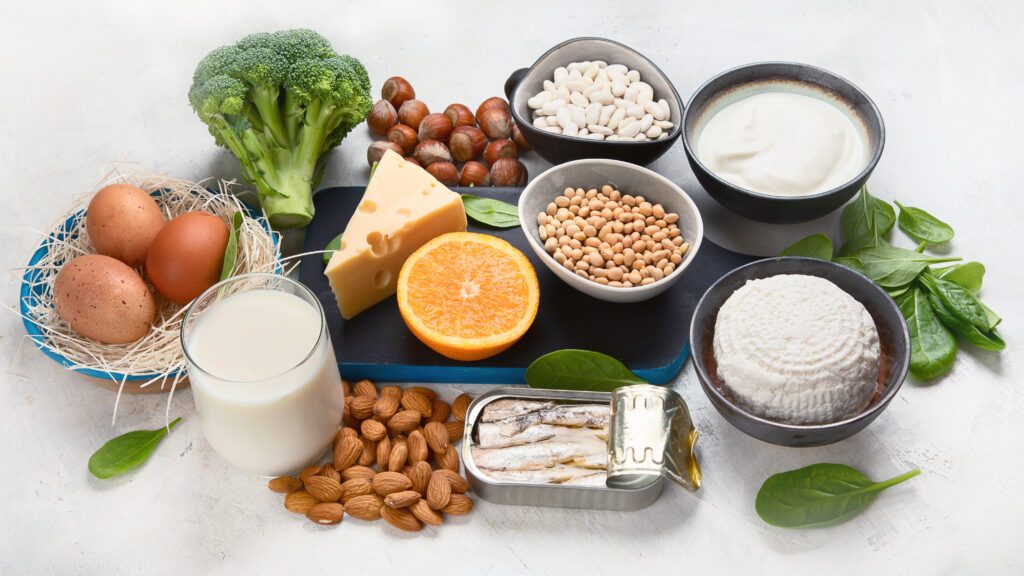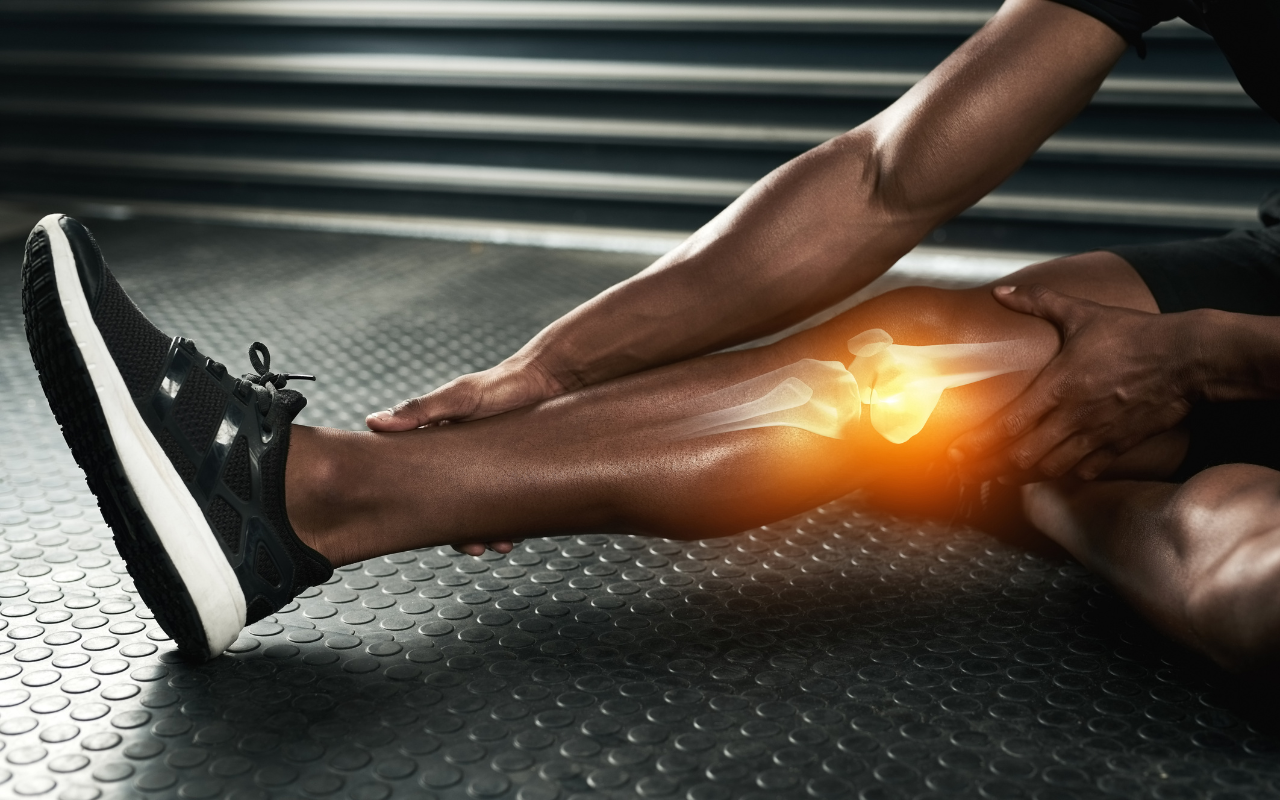Incorporating Indigenous perspectives into strategies for bone health is crucial for addressing the unique health needs of Indigenous people.
Indigenous Australians have greater fracture risk than non-Indigenous Australians, and the prevalence of chronic disease is associated with increased risk of osteoporosis, falls and fracture.
Despite this, there are little data or research on bone health in the Indigenous population.
New research published in the Medical Journal of Australia explores the perspectives and beliefs on bone health among Indigenous adults in Victoria.
The research was led by an Aboriginal researcher and bone researcher in collaboration with Aboriginal Community Controlled Health Organisations (ACCHOs), utilising the Indigenous research framework of Ways of Knowing, Ways of Doing and Ways of Being.
“Understanding perspectives and beliefs about bone health in the Indigenous population is essential for designing effective, culturally safe programs and services,” Troy Walker, proud Yorta Yorta man and co-authors wrote.
“In this study, we aimed to explore the perspectives, beliefs and knowledge on bone health among Indigenous adults in Victoria, and topics considered essential to increase Community health literacy by co-creating an educational program for Community members.”
Gathering data with yarning
The researchers conducted 12 face-to-face focus groups across Victoria in a roundtable yarning format.
“Yarning, an Indigenous research method and cultural form of conversation, allowed researchers and participants to establish trust, and have discussions in a familiar, culturally safe environment,” the authors wrote.
Eighty-two Indigenous people, including Community members, Elders and Aboriginal health worker participated in the focus groups.

Ways of Knowing
As part of the Ways of Knowing method, researchers drew on participants’ existing knowledge to illustrate their beliefs and perceptions around exercise for bone health.
“Community conversations contrasted exercises most beneficial for bone and muscle and noted differences for exercises for cardiorespiratory health,” the authors wrote.
“Relevant exercises for osteoporosis that participants mentioned included resistance training, running, jumping and landing sports such as tennis or netball.”
Connection to Country emerged as a significant theme during discussion.
“The theme ‘connection to Country’ was discussed by participants across sites. A key aspect of aligning Ways of Knowing with connectedness to Country was the concept of the land and its association with improved spiritual wellbeing and lifestyle,” the authors wrote.
“Participants emphasised that connection draws on traditional knowledge systems using ancestral remedies such as bush medicines and simultaneously requires careful adaptation for western medicine.”
Ways of Doing
The researchers identified proactivity in the community as a key theme of Indigenous Ways of Doing.
This included the importance of regular preventive health activities and food and nutrients as good medicine for bone health.
“There was unanimous agreement on the importance of allied health as an essential service for bone, muscle and related lifestyle management, and the need for a multidisciplinary approach, providing holistic support to patients and considering Communities’ desires and needs,” the authors wrote.
“Dietary practices were emphasised as having to come from self-determined Community decisions, discussed with collective consensus. While the importance of modern-day food availability was considered, the practice of traditional ways with foods was emphasised by participants across all sites.”
Ways of Being
Participants discussed how present actions and behaviours could determine better ways of being in the future for their Communities, with an emphasis on community-led education that incorporated modern day living with traditional methods.
“Participants explained that keeping ideas local created familiarity among group members and was considered more convenient and accessible for more local Indigenous Communities, especially in association with mental health practice and awareness,” the authors wrote.
Community ownership is key
Overall, the researchers found participants were aware of the importance of exercise for bone health, and most were aware of the role of nutrition in bone health.
However, barriers to participation in exercise remain due to lack of resources in rural areas.
There are also barriers to improved diet due to lack of education, cost of living and limited access to nutrient rich food.
While the researchers call for more government and financial support to address these barriers, they emphasise that Community ownership and connection to Country must be prioritised.
“Indigenous people are more likely to engage in preventive health behaviour, including regular screening and awareness campaigns aimed at musculoskeletal health, if there is Community ownership and involvement in health promotion,” the authors wrote.
“Furthermore, connection to Country integrates spending time exercising outdoors, together, and promotes added benefits through green exercises.”
“Incorporating Indigenous perspectives into health care strategies is crucial for addressing the unique health needs of Indigenous people.”
Read the research in the Medical Journal of Australia.

 more_vert
more_vert